I am trying to connect to SQL Server 2008 from a remote server using 'sa' username and its password (I can log in normally with this username and password from my own computer - so "SQL Server and Windows authentication mode" is chosen).
In the SQL Server log file on my computer I see this error:
Login failed for user 'sa'. Reason: An attempt to login using SQL authentication failed. Server is configured for Windows authentication only.
I thought it might be a remote connection problem, so I checked that the remote connection in the properties is enabled, in the configuration manager I enabled TCP/IP and Shared Pipes and restarted the service afterwards and I created a firewall rule for port 1433. I also tried to turn off the firewall in case that it is being blocked somehow, but I got the same error.
How this error appears only when accessing SQL Server from a remote server?
How can I fix it?

